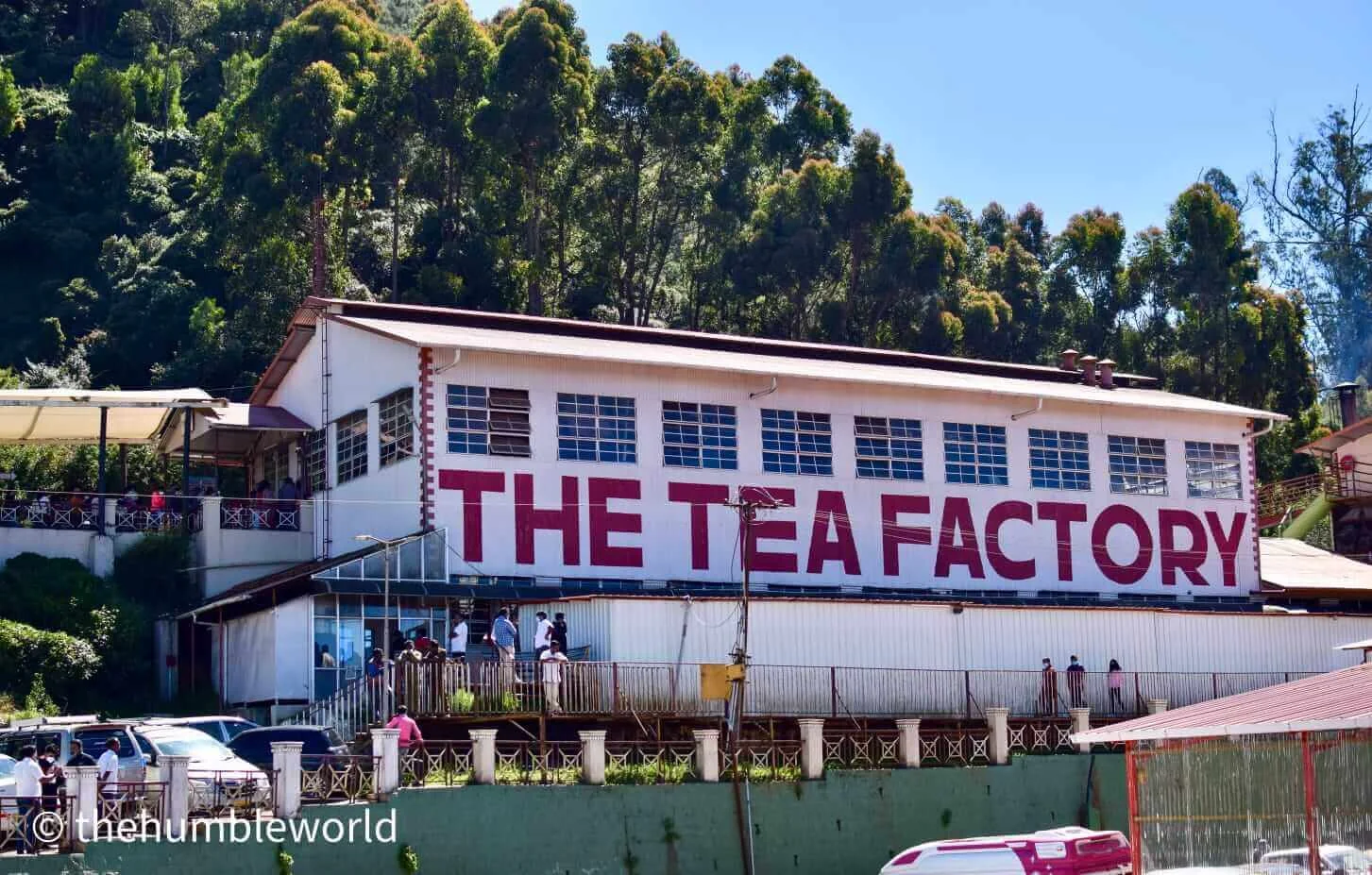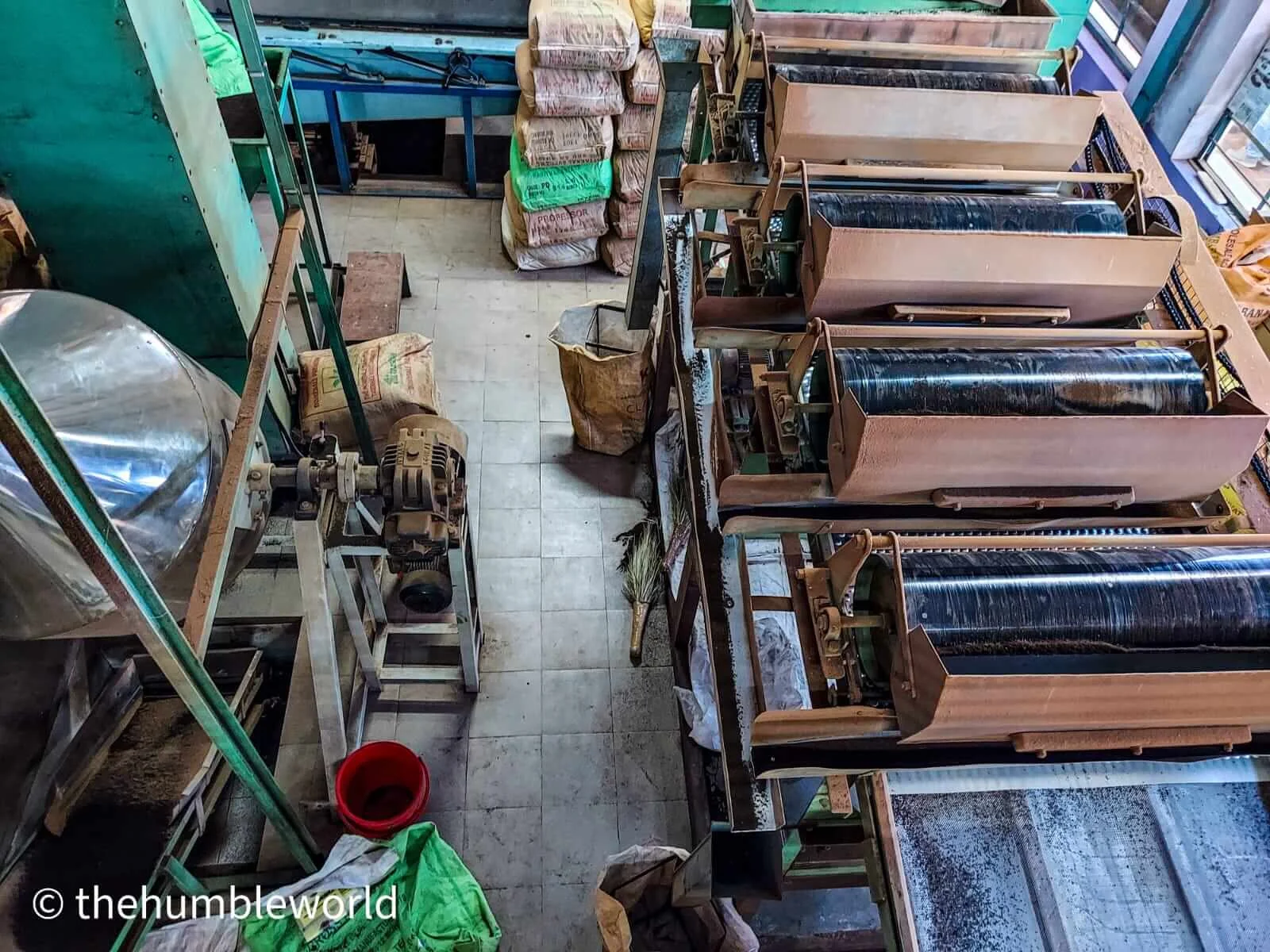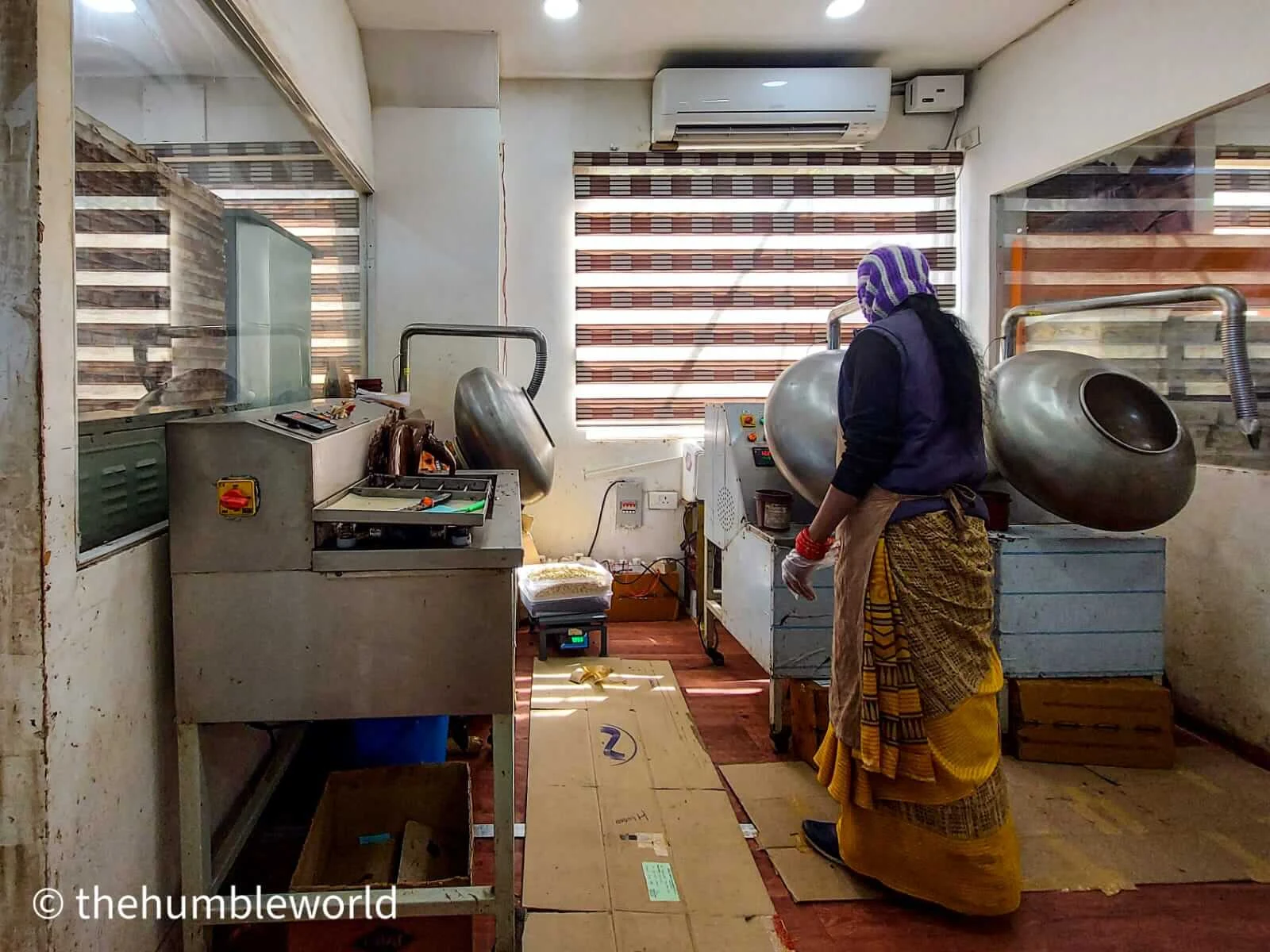Ooty Tea Factory - History, Timings & Entry Fee
'If you have a cold, Tea can warm you,
If you are too heated, Tea can cool you,
If you are depressed, Tea can cheer you,
If you are excited, Tea can calm you.'
As you may have already guessed, this blog is all about Tea. As promised, I am going to share all the facts, stories, history, and the process of tea production. I will give you a small tour of how the tea is produced in the factory from tea leaves. Also will share the experience of the renowned Ooty Tea Factory visit.
Tea is an aromatic beverage and a widely consumed drink after water. Due to its caffeine content, tea has a stimulating and refreshing effect on the human body. Tea is widely used for medicinal purposes like headache, pain, cough, and cold.
Ooty Tea Factory
Ooty Tea Factory is situated at the height of 1839 meters in the Nilgiri hills, around 4 kilometers from the center of the city. The complete factory is established in the area of 1 acre. There is a tea museum, where we can know how the tea is processed using the Cut, Twist, and Curl method. Along with this, we can learn the history and the evolution of Tea.
 |
| Ooty Tea Factory museum in Nilgiri Hills |
Let's start with knowing the history of tea, which we got to know when we visited the Tea Factory as everything was framed.
Origin of Tea
Around 5000 years ago in ancient China, the story of Tea began with a skilled and scientist ruler. He used to drink boiling water as a precaution. One day while visiting a far destination, he stopped in the midway to take a rest and to drink water he started boiling it. Some of the dried leaves from the nearby bush fell into the boiling water and formed a brownish liquid.
As the Emperor was a scientist, he was curious to know what is that. So he drank that drink and he felt so refreshing. And that was the moment, Tea was discovered. The Chinese word for Tea is Cha.
The tea seeds were sent to Japan and became popular there. When the Chinese and East India Company started tea trading, Tea became the most popular among the Britishers and quickly became the national drink of England. Tea was spread all over society.
There is a very old story in the history of America and British known as the Bosten Tea Party.
The Bosten Tea Party
Setting an example of rebellion against the British, the Bosten Tea Party is very famous in American history. In Dec 1773, the ships carrying tea cargos were boarded off the Bosten shore. The native Americans smashed and throw the tea cargos into the sea as an act of rebellion. Other ports followed the same. That's how every American gave up Tea and switched to Coffee even now.
Origin of Tea in India
Before the commercial production of Tea in India, tea was already growing wildly in Assam jungles, which was identified by East India Company employees, Robert Bruce and his brother Charles Bruce. But since the company was already trading with China, they were not interested in spending money on Indian tea.
Later the company lost its trading monopoly from China, and they became interested in growing tea in India. In the year 1833, everything was changed. In Assam, Charles Bruce along with his coworkers cleared a vast area for tea cultivation. They managed to get a secret requirement of high-quality tea cultivation from the Chinese, the best tea grows under the shade of surrounding trees, so the new seeds were planted in the gaps between the already grown tea plants.
Tea Exported to England from India
After production, the first 12 sets of manufactured tea, made from Assam leaf, was sent to London Auction and was sold. The Indian tea became famous with excellent reviews.
In the southern part of India, the land of Nilgiris was great for coffee cultivation and so a chance was taken with the tea cultivation. The tea plants were growing heavily giving positive results. The tea of excellent quality was produced and became very popular very soon. The tea cultivation was started in around 200-300 acres of land of Nilgiris.
After the successful tea production in Dodebatta, now known as Ooty Tea Estate, tea was cultivated in Coonoor and the results were great, now known as Coonoor Tea Estate.
Railways and Tea
Nilgiri railways play an integral role in transporting the tea produced. Since the roads were rough and rugged also most of the area was already used for tea plantations, railway seemed to be the most suitable mode of transport. In 1898, the railway line from Mettupalayam to Coonoor was completed.
A special train, The Tea Garden Express was launched to transport tea batches from Mettupalayam to Cochin. This train is serviceable even today, by the name Karaikal-Ernakulam Express. This was a revolutionary step for the Nilgiri Tea Factory.
Tea Auction in India
In 1861, the first Tea Auction was held in India where the tea of East India Tea Company and the Bengal Tea Company was offered for sale.
Health and Tea
Tea has a wide range of medicinal benefits, also approved by modern research.
- It can cure sore throat and cold.
- It can prevent cancer and tumor.
- It has the ability to improve the digestive system.
- It is helpful to reduce the toxicity to smokers.
- It can be helpful to overcome depression.
- It's good for people who are suffering from Diabetes.
Besides, there is no harm proven till now for drinking tea, so you can enjoy the beverage.
Tour to Ooty Tea Factory
We reached the Tea Factory at around 9AM morning. As we entered the factory we could smell the intense aroma of tea. There was a video running, explaining each stage of tea production. They showed us from the beginning, exactly how the tea leaves are processed through different stages like withering, rolling, drying, and finally the shifting stages.
 |
| Tea leaves are being processed through different stages |
We could actually see the real production of tea in the factory. The process of drying the tea leaves inside a stainless steel sheet and then these dried tea leaves are passed through the crushers and finally, the tea is produced using the cut, curl and twist method.
 |
| The final stage where tea is being packaged |
Once we witness the tea production, we got to taste a cup of hot tea, which was very refreshing and good to taste. There is a proper tea store to purchase tea for the visitors. Each visitor is attended by each person in a queue, they will guide you and help you to decide which tea you can buy. There were many options like masala tea, cardamom tea, ginger tea, green tea, masala green tea, and many more. we purchased three varieties of tea.
 |
| Tea store to purchase different types of Tea |
Then we moved further to the Chocolate production section, we saw how they prepare chocolates from cocoa to powder and then prepare the chocolate paste and later mold it in different shapes. They also add dry fruits to some batches. Once we saw this, we purchased almost all varieties of chocolates like fruit n nut, dark chocolate, rum chocolate, etc.
 |
| Handmade chocolates are being prepared |
Then we came out of the factory, after getting significant information about tea and of course shopping. Just in front of the factory, there is an adventure club, we saw many people taking part in that. Adventurous sports like walking on a rope, hiking, free fall with tied ropes, etc. We had not participated though we went to that section to take photographs of the fantastic marvelous view to Ooty.
Time to visit: 9 AM to 6. 30 PM - All-day
Entry Fees: Rs. 20 per person
Our whole experience at the Tea factory was amazing. We were surprised to know a few facts and history about tea, which I have already shared with you. I think you would also be surprised after reading this blog on Tea.
Please share in the comment section, how you felt after knowing the origin and history of tea.
Also, let me know if you like this blog in the comment section. Also in case you are planning to visit the Ooty read it in our blog Trip to Ooty and Coonoor - A Complete 4 Day Tour Guide
Thank you for reading!
Love














2 Comments
Thanks dear for details about Tea factory
ReplyDeleteGlad to know the details helped you out, Much thanks for the love 😊
Delete